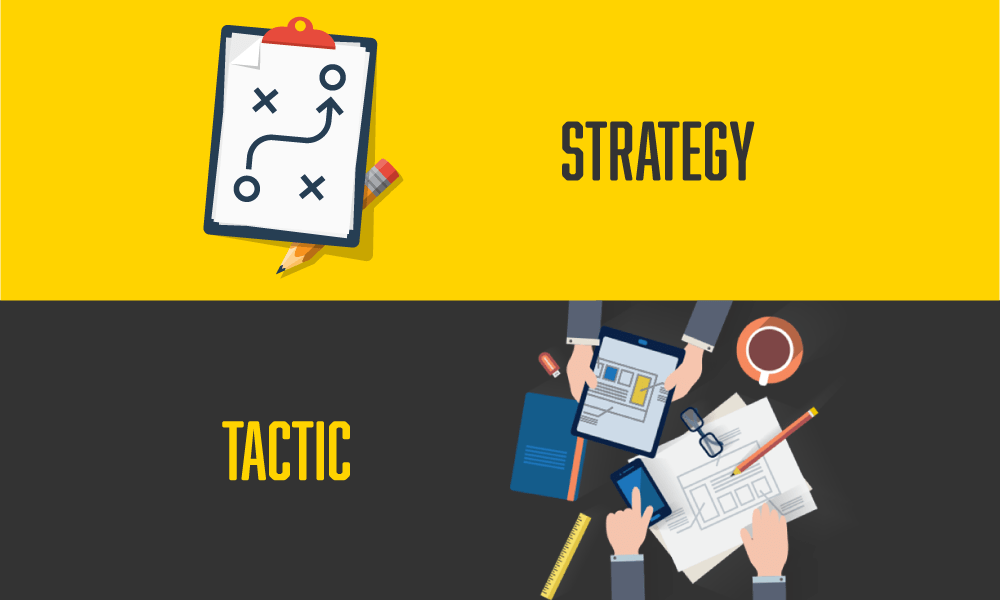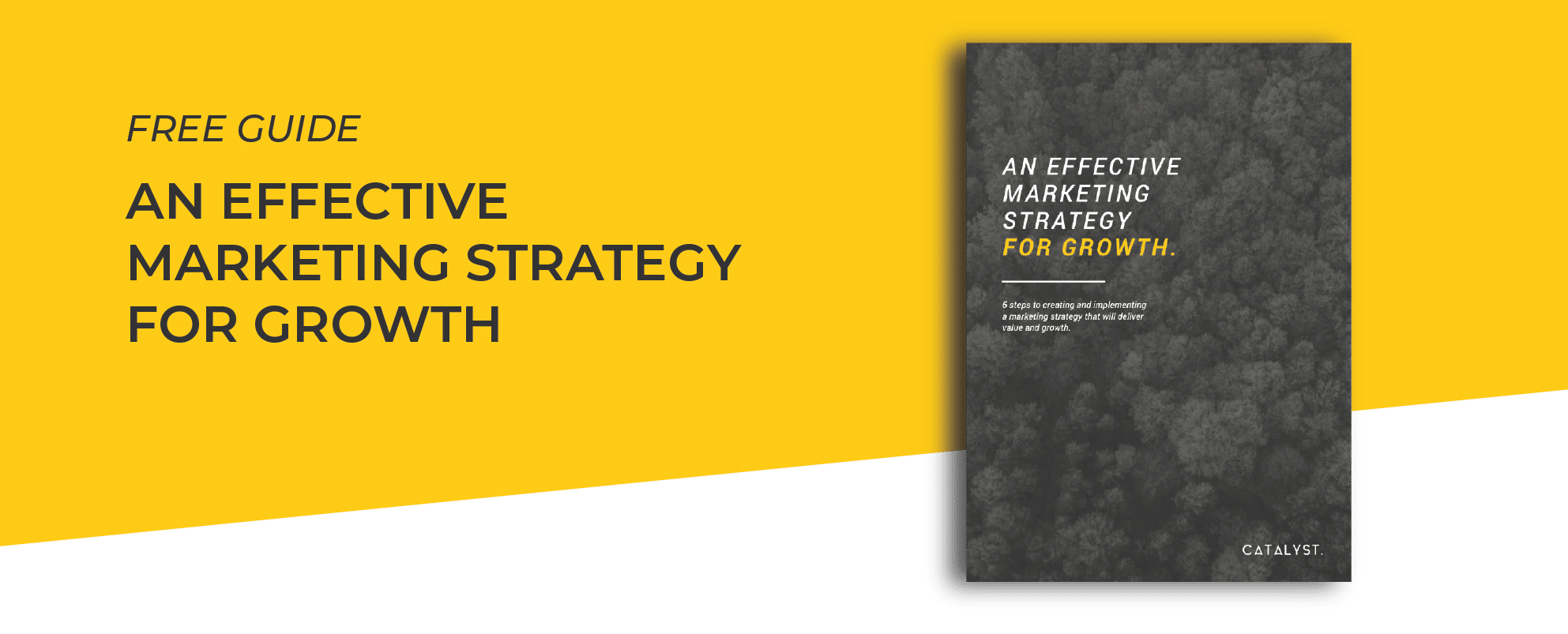A marketing strategy focuses on what success looks like for your business e.g. a birdie on the 18th hole.
Marketing tactics are the tools you use to achieve success e.g. your new Callaway driver.
However if you take a swing without knowing where the hole is – you’re unlikely to be successful. This is why implementing marketing tactics without a marketing strategy is like golfing in the dark.
The first step in devising your marketing strategy is to ask yourself what success looks like? Typically for our clients the definition of success is more leads, more profit, more growth.
But to really define success you need to understand how many leads, how much profit and how much growth.
Outline Your Objectives

This is where SMART objectives come in.
Specific, Measurable, Attainable, Relevant, Timely
So say your objective is to grow your business. How do you make that SMART?
Increase turnover by 25% by the end of the current financial year via:
- Increasing new customer wins from 8 – 10 per quarter
- Increase retention rate by 10%
- Increase average spend from £6,000 per month to £8,000 per month
Creating SMART objectives gives you a clear understanding on what success looks like and how it can be measured.
Assess What’s Possible And What Needs To Change

Although the above example is hypothetical, it ticks all the boxes for being a SMART objective – but there is another important consideration you need to make. How do you know how much you want to grow your business by?
Most people would answer ‘as much as possible’, OK…but what is possible? What is sustainable? In the example we have said the objective for the business is 15% growth.
Don’t pull this figure out of the air as you’ll fall into one of two camps – the over ambitious or the under ambitious! The figure needs to be based on the various levers you can pull within your business to achieve growth, whether that be more new customers, retaining more existing customers, or increasing the level of spend.
You need to look at what is realistic based on your current performance and what you need to change to achieve it – do you have the right skills in the right places?
Is your website fit for purpose?
Is your proposition right for your ideal client?
Are your competitors a real threat?
As Einstein said; doing the same thing you have always done and expecting a different result is the definition of insanity, so assessing and evaluating what needs to change is an essential part to to creating a marketing strategy.
Define Your Ideal Client
You’ve outlined your objectives, you’ve assessed what’s possible, but which customers are most likely to help you achieve success?
- What sector are they in?
- Where are they located?
- Who makes the purchasing decisions / who influences the purchasing decisions?
- What are their challenges and goals?
Defining what your ideal customer looks like will help to determine which marketing tactics and messaging is likely to work best.
Marketing Tactics

If you have addressed the above points, you have the foundation of your marketing strategy and only now should you look at the type of marketing tactics and activity you should implement to achieve it.
Every decision you make when it comes to the tactics should anchor back to the strategy.
Pick The Right Channels
If your ideal customer is owner managers of manufacturing businesses in the North East – should you take out an advert in the Evening Standard? Or should you create targeted lists in LinkedIn based on industry, location and job title?
If your ideal customers are women aged 18-25, who drink gin should you create blog posts to share on LinkedIn? Or should you look at an ad campaign targeting females who follow gin brands on Instagram.
You get the picture….don’t make decisions based on vanity, assumption, what you like or be pressured to implement tactics just because everyone is doing it!
Whether it’s email, search, PR, advertising, social or content – look at each tactic and assess whether it will help to achieve your objectives and whether it’s right for your audience.
When you’ve done that, the sun will rise, you’ll be able to see the 18th hole and you’ll know exactly what club you need to use to be in with a chance of a birdie.
Liked this post? Download our “Effective Marketing Strategy For Growth‘ guide to learn more on how to create and implement a strategy that will deliver value and growth.
{{cta(‘80192678-21fa-4dbe-9965-31e5bad40114′,’justifycenter’)}}

